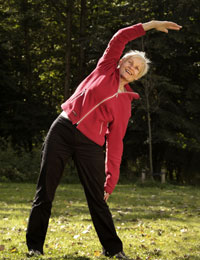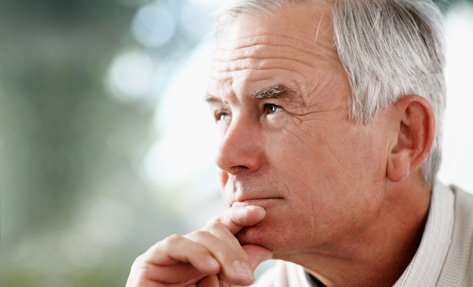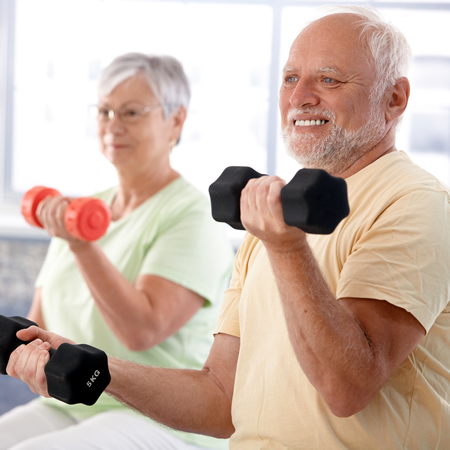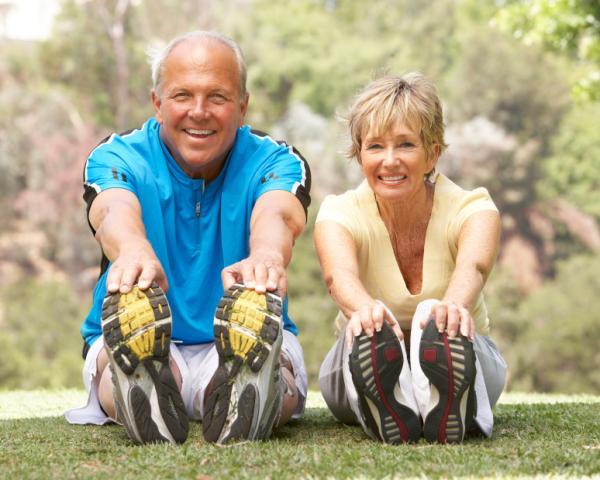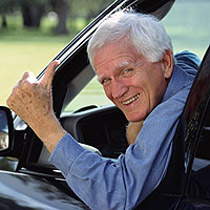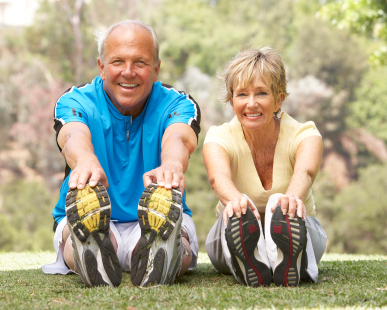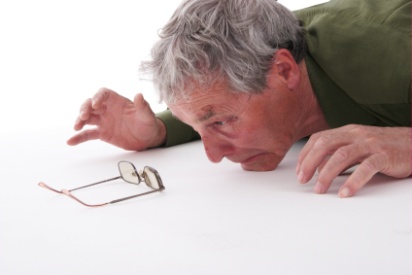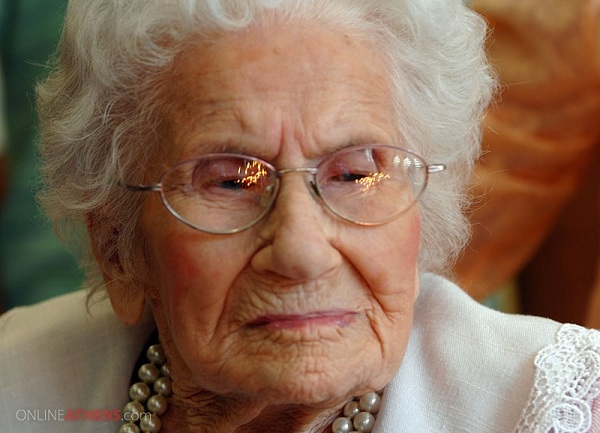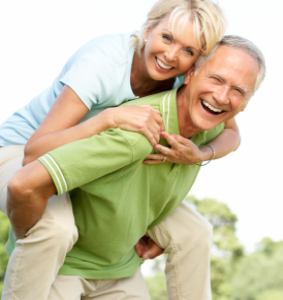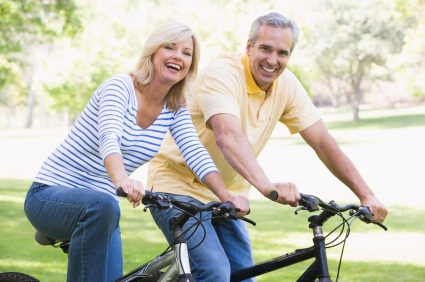- Obtain medical clearance to exercise.
- Stop exercising if you feel pain.
- Don’t exercise when you are injured, sick, or running a temperature.
- Don’t over_strain during exercise.
- Don’t hold your breath during exercise.
- Always warm up.
- Always cool down.
- Drink plenty of water before, during and after exercise.
- Avoid heavy meals for about 2 hours before energetic exercise.
- Use sun screen, hats, visors, and sunglasses during outdoor daytime exercise. Think safety at all times (for example, should you be wearing fluorescent colors? Is it too cold, too wet, too stormy, too polluted, too hot, and/or too humid for safe exercise?)
- Use the right equipment and wear the right clothes for exercise (dress in layers, wear fabrics that allow heat to escape, wear good shoes).
- Work at an effective, yet comfortable, intensity level. You should be able to carry on a normal conversation while working out.
- Use good posture during exercise.
- Stop exercise and consult your physician immediately if you experience any of the following:
- chest pain or tightness in the chest, neck or throat;
- considerable difficulty breathing;
- abnormal heart rhythm; nausea’ dizziness, light headedness, or visual
- interruption; excessive cold sweat; or extreme or lasting weakness or fatigue (after exercise)
via Safe Exercising.

